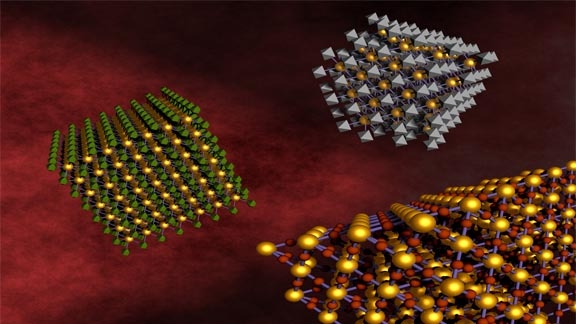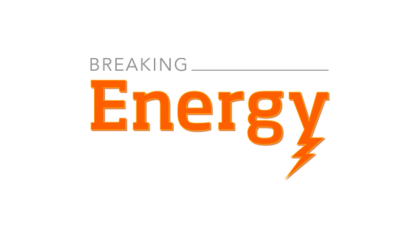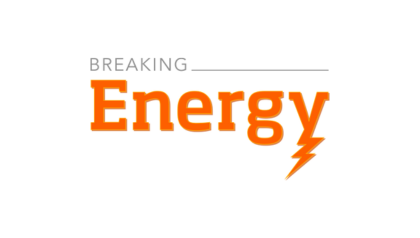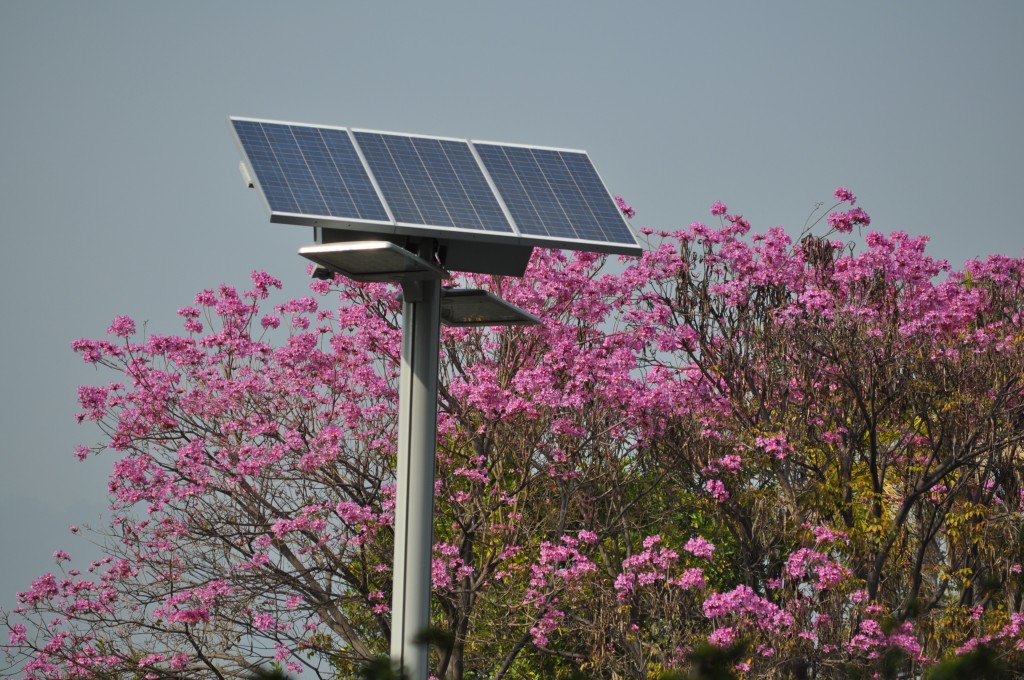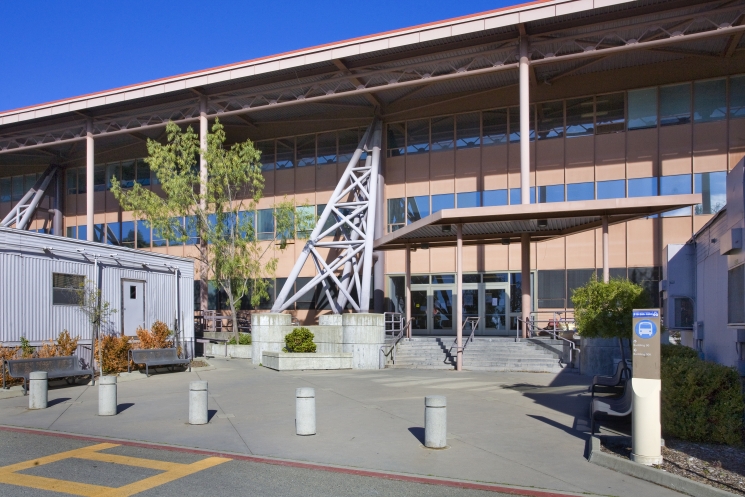This week on Energy.gov, we’re revisiting the storied rivalry between two of history’s most important energy-related inventors and engineers: Thomas Edison and Nikola Tesla. Check back each day to learn more about their lives, their inventions and how their contributions are still impacting the way we use energy today. Support your favorite with the hashtags #teamedison and #teamtesla… Keep reading →
Zina Huxley-Reicher
Posts by Zina Huxley-Reicher
Sign up and get Breaking Energy news in your inbox.
We will never sell or share your information without your consent. See our privacy policy.DNA may be history’s most successful matchmaker. And recently, researchers at the Energy Department’s Brookhaven National Laboratory coupled the complementary chemistry of DNA with some serious science savvy to create a new method for pairing up particles; a technique that may lead to the creation of new materials with great potential. DNA consists of four… Keep reading →
PNNL’s Lab Homes Run Energy Efficient Technologies Through The Paces
By US Department of EnergyAt first glance, the two modular homes on the south end of the Energy Department’s Pacific Northwest National Laboratory (PNNL) campus in Richland, Washington, look like traditional family homes. But on closer inspection, visitors can see they are part of a project to change how Americans use and save energy at home. Called the PNNL Lab… Keep reading →
On Monday it was announced that Deep Green, an underwater kite technology that turns low velocity ocean currents into electricity, has been successfully deployed. The underwater kite technology developed by Minesto for testing in Northern Ireland is a part of a swelling industry that is working to create the most efficient way to access the… Keep reading →
Top 10 Things You Didn’t Know About Concentrating Solar Power
By US Department of EnergyThis article is part of the Energy.gov series highlighting the “Top Things You Didn’t Know About…” Be sure to check back for more entries soon. Click here for an interactive version of the map above. 10. Concentrating solar power (CSP) technology involves using mirrors, sometimes in the hundreds of thousands, to reflect sunlight and collect solar… Keep reading →
Energy Secretary Moniz Visits Clean Coal Facility in Mississippi
By US Department of EnergySee a photo gallery of the Secretary’s visit to Kemper. Liberty, Mississippi, a small town in the eastern county of Kemper, is quietly making energy history. Liberty is the home of the largest carbon capture and storage (CCS) plant in the country. The plant, commonly called the Kemper County Project, will use state-of-the-art emission controls to produce… Keep reading →
Estimating Appliance and Home Electronic Energy Use
By US Department of EnergyIf you’re trying to decide whether to invest in a more energy-efficient appliance or you’d like to determine your electricity loads, you may want to estimate appliance energy consumption. FORMULA FOR ESTIMATING ENERGY CONSUMPTION Use this formula to estimate an appliance’s energy use: (Wattage × Hours Used Per Day) ÷ 1000 = Daily Kilowatt-hour (kWh)… Keep reading →
The ability to flip a switch or push a button and turn on a light is often touted as a symbol of our industrial society’s accomplishments. Flipping that switch represents the incredible infrastructure of our power grid that gives you access to power when you want it. And yet, in many cases, it doesn’t always… Keep reading →
Top 10 Things You Didn’t Know About ARPA-E
By US Department of EnergyThis article is part of the Energy.gov series highlighting the “Top Things You Didn’t Know About…” Be sure to check back for more entries soon. 10. Modeled after the Defense Advanced Research Projects Agency (DARPA) — the agency that brought us the GPS, the stealth fighter and computer networking — the Energy Department’s Advanced Research Projects Agency-Energy (ARPA-E) funds… Keep reading →
Energy Efficiency: Helping Home Owners and Business to Understand Energy Usage
By Department of EnergyIn homes and commercial buildings, about one-third of electricity consumption is attributed to miscellaneous and electronic loads (MELs) — appliances like toasters, printers, fans and clocks. Many devices fall into this category; however, because of the variety of devices and the expense of the technology used to test them, their energy use is not understood… Keep reading →

